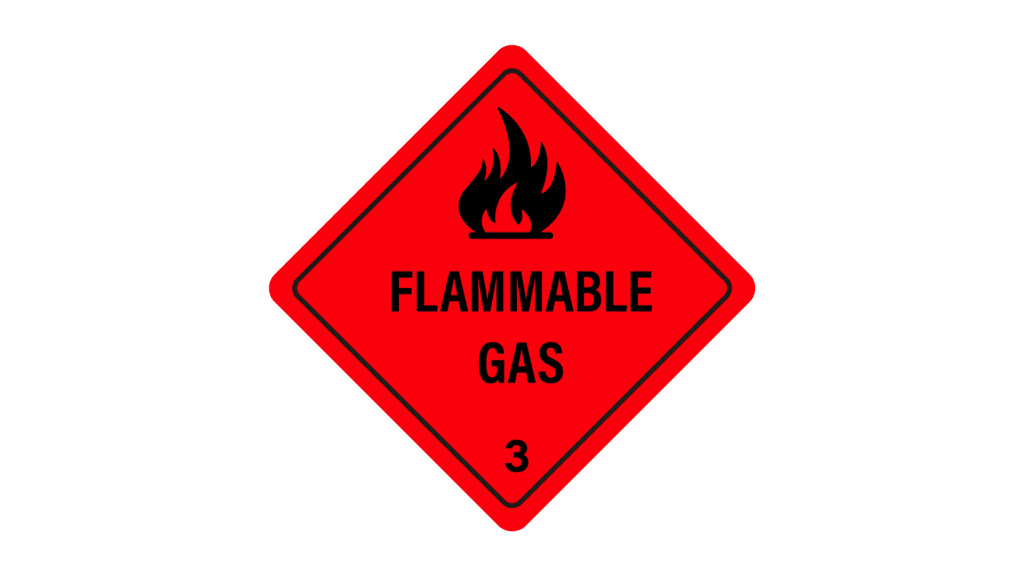5 Tips for Hanlding Gas Materials

Handling gas materials safely and efficiently is crucial for both industrial processes and workplace safety. With the right approach, you can reduce risks and streamline operations, ensuring a smooth and secure handling process. In this blog, you will explore five essential tips for improving gas materials handling.
1. Understand Safety Regulations and Standards
These rules are in place to protect you, your coworkers, and the environment. Start by reading the safety guidelines for each type of gas you’re working with. These will explain how to safely store, transport, and dispose of gases.
Familiarize yourself with labels and warning signs, and make sure your workplace follows all safety protocols. Understanding these regulations will help prevent accidents and keep you compliant with local laws.
2. Proper Gas Storage Techniques
When storing gases, it is important to keep them away from heat and open flames and in areas that have adequate ventilation. Make sure that gas cylinders are stored in a location that prevents them from being knocked over and that they are secured in an upright position.
Never store incompatible gases together, as mixing certain gases can cause dangerous reactions. Use storage cabinets or cages to keep cylinders organized and prevent unauthorized access. Always check the expiration dates of gases and replace them before they become unsafe.
3. Implement Efficient Transportation Practices
It is necessary to plan ahead and pay close attention to detail when transporting gas cylinders! Use the proper equipment, like trolleys or carts, to move gas cylinders safely.
Make sure the cylinders are tightly secured during transport to avoid accidents or leaks. Always check that the transport area is clear of obstacles and potential hazards. It’s also essential to use the correct labeling for each gas so everyone knows what’s being transported.
4. Regular Inspection and Maintenance
Regularly inspecting and maintaining your gas handling equipment is key to ensuring safety. Check for any leaks, cracks, or signs of wear in gas cylinders, valves, and pipelines.
Make sure the pressure gauges are working correctly, and inspect safety relief valves regularly. If you notice any issues, address them immediately to prevent leaks or accidents. Proper maintenance helps extend the life of your equipment and reduces the risk of dangerous situations.
5. Invest in Proper PPE and Equipment
It is absolutely necessary to have the appropriate tools and personal protective equipment (PPE) in order to effectively handle gas safely. Always wear the appropriate PPE, such as gloves, goggles, and protective clothing, when working with gases.
In some cases, you may also need respiratory protection, especially when handling hazardous gases. Make sure that your equipment is in good condition and suitable for the job. Invest in quality PPE and check it regularly to ensure it provides full protection.
Enhance Workplace Safety
Whether through proper storage, regular maintenance, or investing in safety equipment, taking proactive steps is key. For reliable equipment and expert support, consider partnering with trusted providers like Sennebogen Australia, ensuring the highest standards in materials handling and workplace safety.
